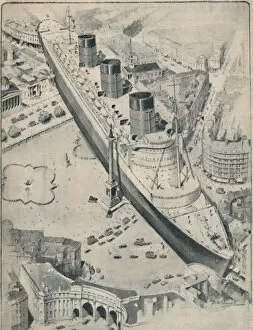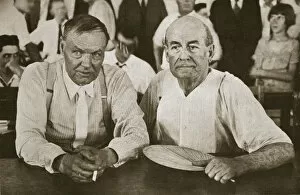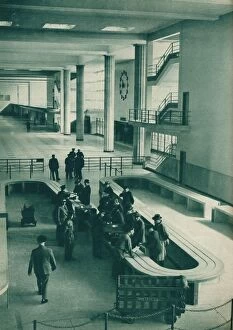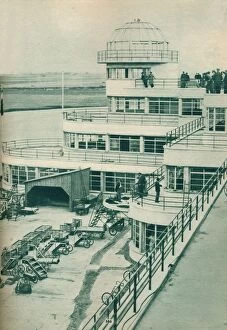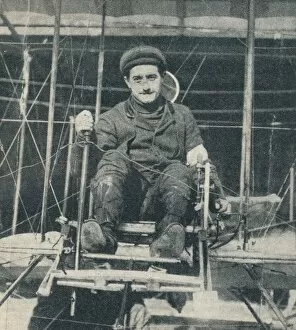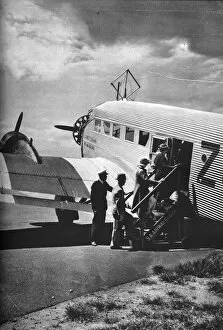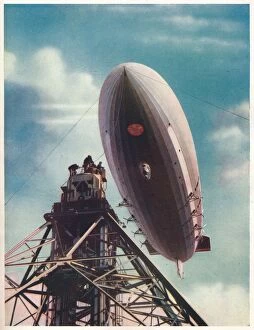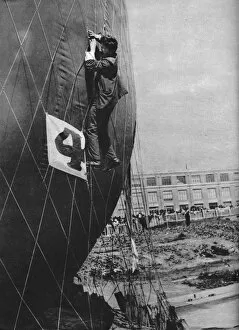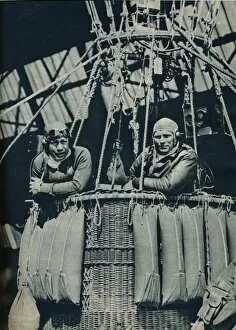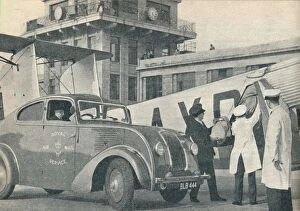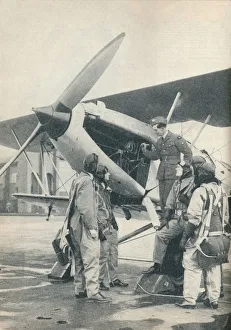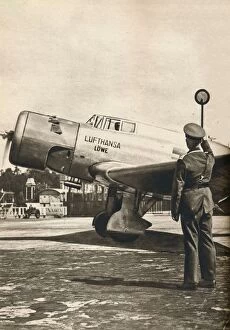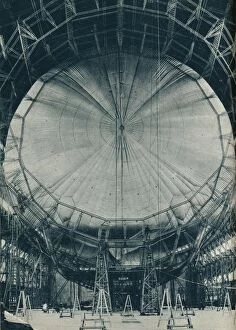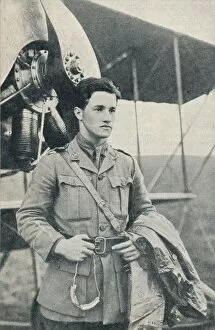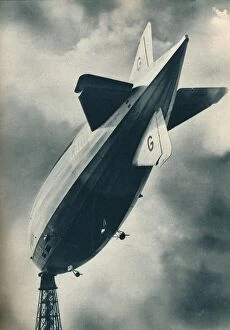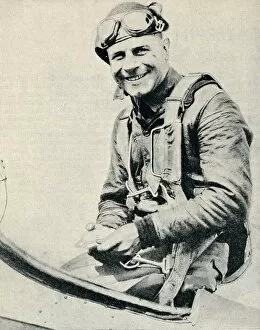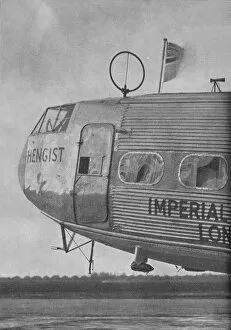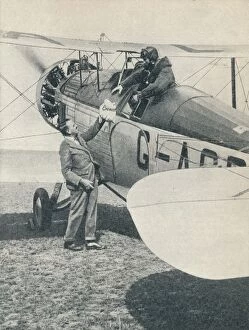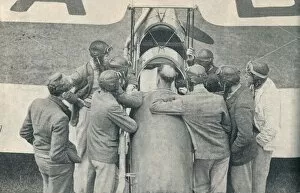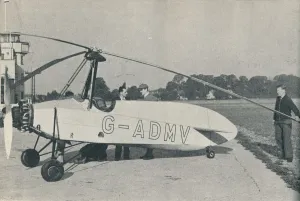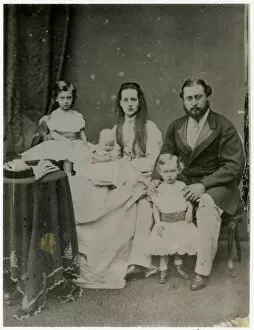Clarence Collection (page 7)
"Clarence: A Journey Through Time and Royalty" Step into the world of Clarence, a name that echoes through history
All Professionally Made to Order for Quick Shipping
"Clarence: A Journey Through Time and Royalty" Step into the world of Clarence, a name that echoes through history. From the precariously perched Studebaker Six in Yosemite to the enigmatic figure "Kelly" Leonard Johnson, this captivating tale unfolds. Did you know that Albert Victor, Duke and Avondale, once graced the halls of power? His legacy lives on as we remember his visit to the Royal Cornwall Museum during the bicentenary year of the Royal Institution of Cornwall. Truro witnessed a momentous occasion on 22nd March 2018. Princess Alexandra's presence with her five children adds an air of elegance to our story. As they navigate life's challenges, like balancing their books amidst a problem of income, their resilience shines through. Traveling further back in time, we encounter Maria Feodorovna and Alexandra, Princess of Wales. Their bond transcends borders as they stand united against adversity. The children of Edward VII come alive before our eyes in an enchanting snapshot from circa 1875. Their youthful innocence captured forever in time. Transportation takes center stage as we witness The Cornish Riviera Express gracefully pulled by a King class locomotive. This iconic image transports us back to 1935-36 when rail travel was at its peak. St Pancras emerges as a terminus for adventure and exploration during its heyday under London Midland and Scottish Railway's reign in 1935. Its grandeur still enchants visitors today. Finally, let us not forget The famous Lickey incline between Bromsgrove and Blackwell in Worcestershire - an engineering marvel that challenged even the most powerful locomotives in 1935. Join us on this journey through time where Clarence intertwines with royalty, transportation marvels captivate our imagination, and moments frozen forever remind us how history shapes our present-day experiences.






